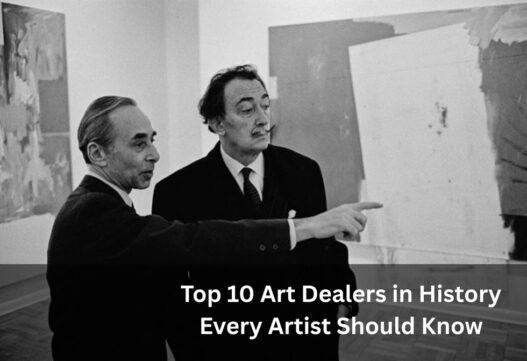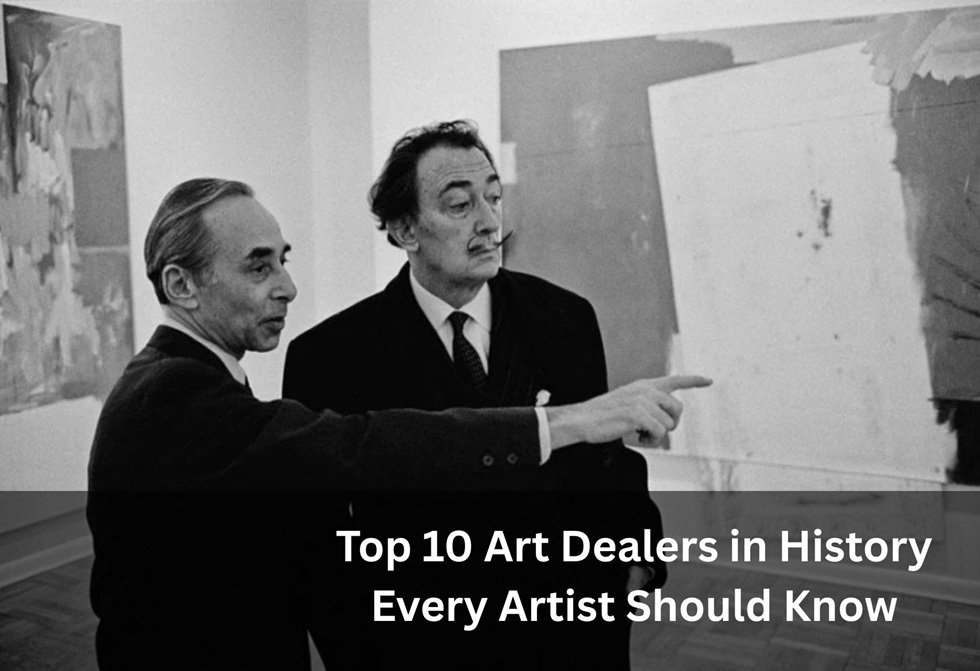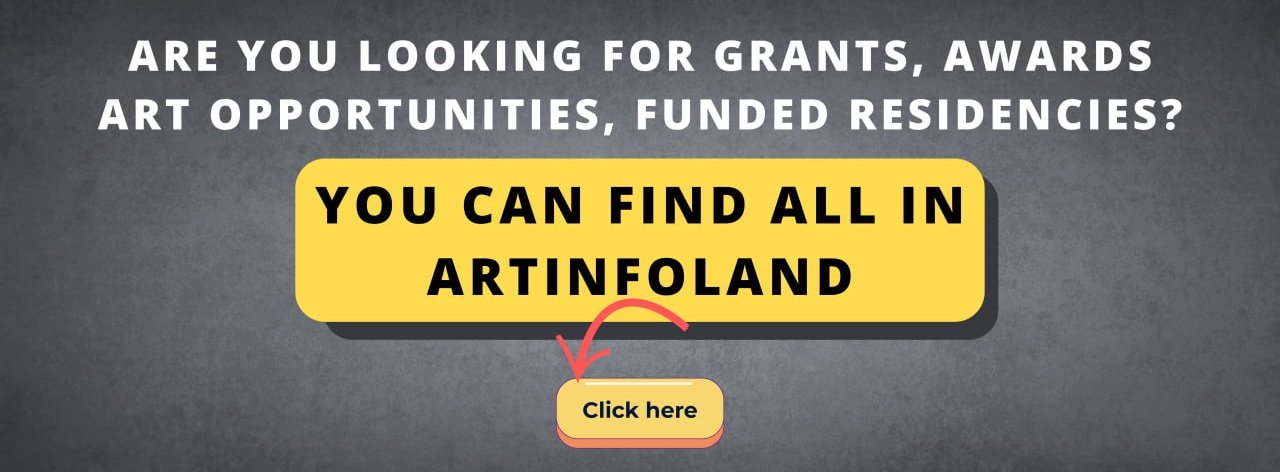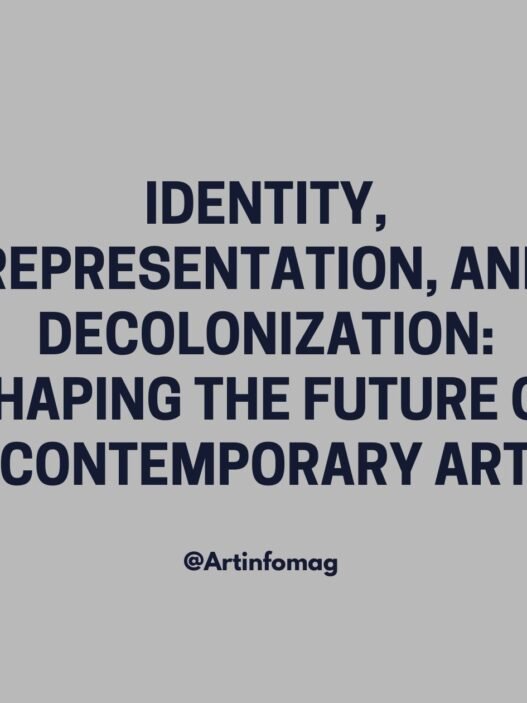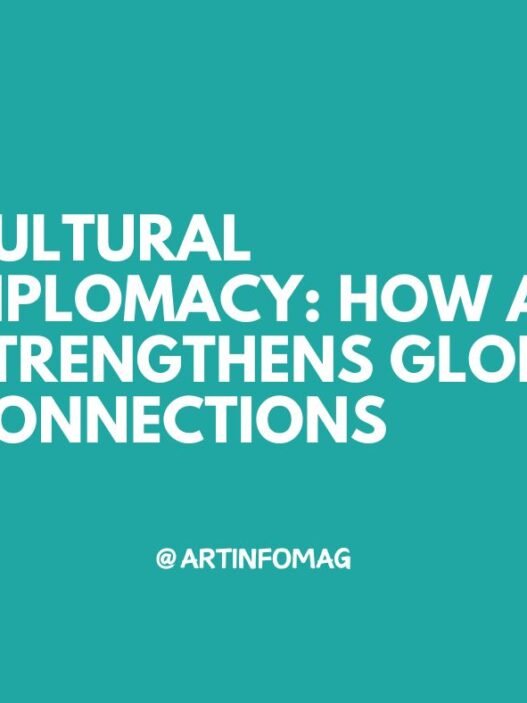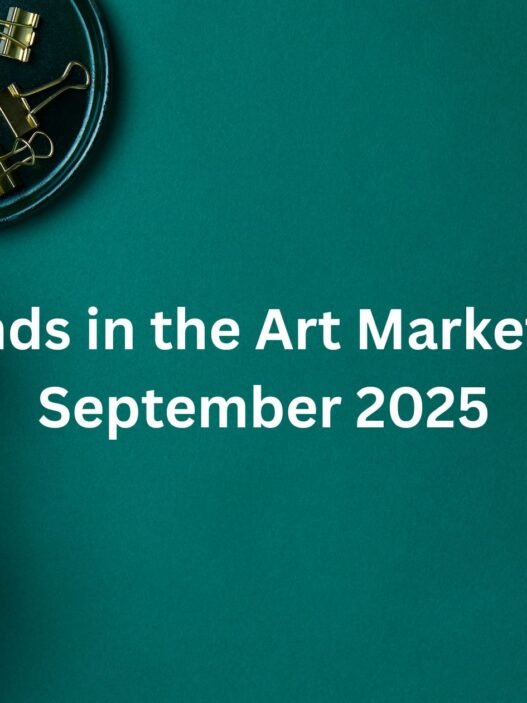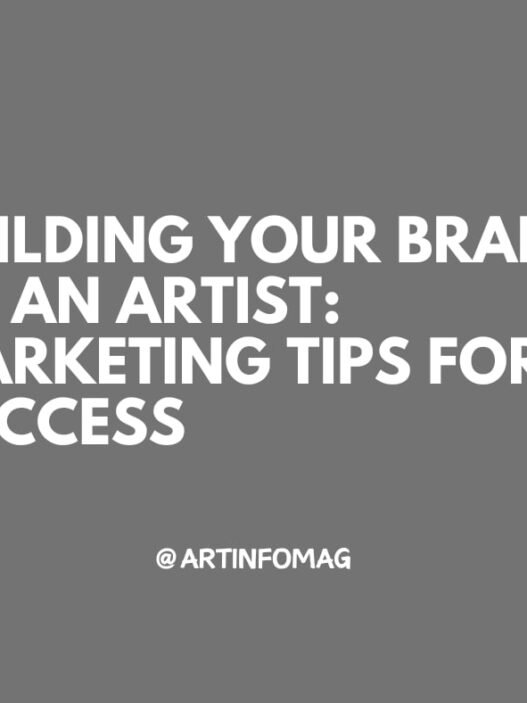The art world thrives on visionaries who bridge creativity and commerce, and no figures have shaped its trajectory more than art dealers. These individuals not only championed groundbreaking artists but also redefined how art is valued, exhibited, and collected. For artists and art activists, understanding the legacy of these dealers offers invaluable lessons in navigating the complex interplay of art, patronage, and market dynamics. Here are ten of the most influential art dealers in history, whose impact continues to resonate.
1. Ambroise Vollard (1866–1939)
Widely regarded as the father of modern art dealing, Ambroise Vollard transformed the art world from his modest Paris gallery. He discovered and promoted Paul Cézanne, giving him his first major exhibition in 1895, which cemented Cézanne’s status as a cornerstone of modern art. Vollard also launched Pablo Picasso’s career with a 1901 show and commissioned the revolutionary Les Demoiselles d’Avignon. His support for Vincent van Gogh, Henri Matisse, and Georges Rouault, alongside his innovative print publishing, made art more accessible and elevated the avant-garde. Vollard’s memoir, Recollections of a Picture Dealer, remains a must-read for insights into his era.
2. Paul Durand-Ruel (1831–1922)
The champion of Impressionism, Paul Durand-Ruel took bold risks to support Claude Monet, Pierre-Auguste Renoir, and Mary Cassatt when their work was ridiculed. His Paris and New York exhibitions introduced Impressionism to global audiences, and his financial backing kept struggling artists afloat. By establishing a network of collectors, Durand-Ruel laid the foundation for the modern art market, proving that visionary patronage can shift cultural paradigms.
3. Daniel-Henry Kahnweiler (1884–1979)
A key figure in Cubism, Kahnweiler was the primary dealer for Pablo Picasso, Georges Braque, and Juan Gris. Operating from Paris, he not only sold their works but also articulated Cubism’s theoretical underpinnings through his writings. His intellectual approach and loyalty to artists during turbulent times, including World War I, made him a pivotal force in early 20th-century modernism.
4. Peggy Guggenheim (1898–1979)
Peggy Guggenheim’s New York gallery, Art of This Century, was a crucible for Abstract Expressionism and Surrealism. She launched Jackson Pollock’s career, supported Max Ernst, and promoted Mark Rothko, bridging European and American art. Her Venice museum continues her legacy, showcasing her role as both a collector and a dealer who reshaped the modern art landscape.
5. Leo Castelli (1907–1999)
The godfather of post-war American art, Leo Castelli’s New York gallery defined Pop Art and Minimalism. He discovered Jasper Johns and Robert Rauschenberg, and his promotion of Roy Lichtenstein and Frank Stella set new standards for the gallery system. Castelli’s long-term relationships with artists emphasized collaboration, making him a model for contemporary dealers.
6. Joseph Duveen (1869–1939)
Joseph Duveen dominated the Old Masters market, selling European masterpieces to American tycoons like J.P. Morgan and Henry Clay Frick. His charisma and business acumen shaped collections like the Frick Collection, elevating art dealing to a high-stakes profession. Duveen’s legacy highlights the power of connecting wealth with cultural legacy.
7. Durand Bernheim (1837–1922)
Through Galerie Bernheim-Jeune in Paris, Durand Bernheim supported Impressionists, Post-Impressionists, and Fauvists, including Pierre Bonnard and Henri Matisse. His exhibitions and publications helped legitimize these movements, making his gallery a hub for modern art in France and beyond.
8. Mary Boone (b. 1951)
A trailblazer in the 1980s New York art scene, Mary Boone propelled Neo-Expressionists like Julian Schnabel and Jean-Michel Basquiat to stardom. Her media-savvy approach and bold promotion made her gallery a powerhouse, reflecting the era’s booming art market and its focus on young, provocative talent.
9. Larry Gagosian (b. 1945)
The most influential contemporary art dealer, Larry Gagosian redefined the global art market with his network of mega-galleries. Representing artists like Damien Hirst, Jeff Koons, and Cy Twombly, Gagosian’s empire showcases the commercial potential of art. His model demonstrates how scale and strategy can amplify an artist’s reach.
10. Siegfried Bing (1838–1905)
Siegfried Bing’s Paris gallery, L’Art Nouveau, gave its name to the Art Nouveau movement. By promoting artists like Émile Gallé and Louis Comfort Tiffany, as well as Japanese art, Bing influenced Western design and elevated decorative arts to fine art status. His cross-cultural vision remains a touchstone for global art dialogues.
Why These Dealers Matter
These ten dealers didn’t just sell art—they shaped its history. From Vollard’s avant-garde gambles to Gagosian’s global empire, their stories reveal the power of vision, risk, and advocacy in the art world. For artists, they offer lessons in finding champions who believe in their work. For activists, they underscore the importance of supporting marginalized voices and challenging conventions. Dive into their legacies through biographies like Cézanne to Picasso: Ambroise Vollard, Patron of the Avant-Garde or The Art Dealer’s Apprentice for Duveen to understand how these titans transformed art forever.







